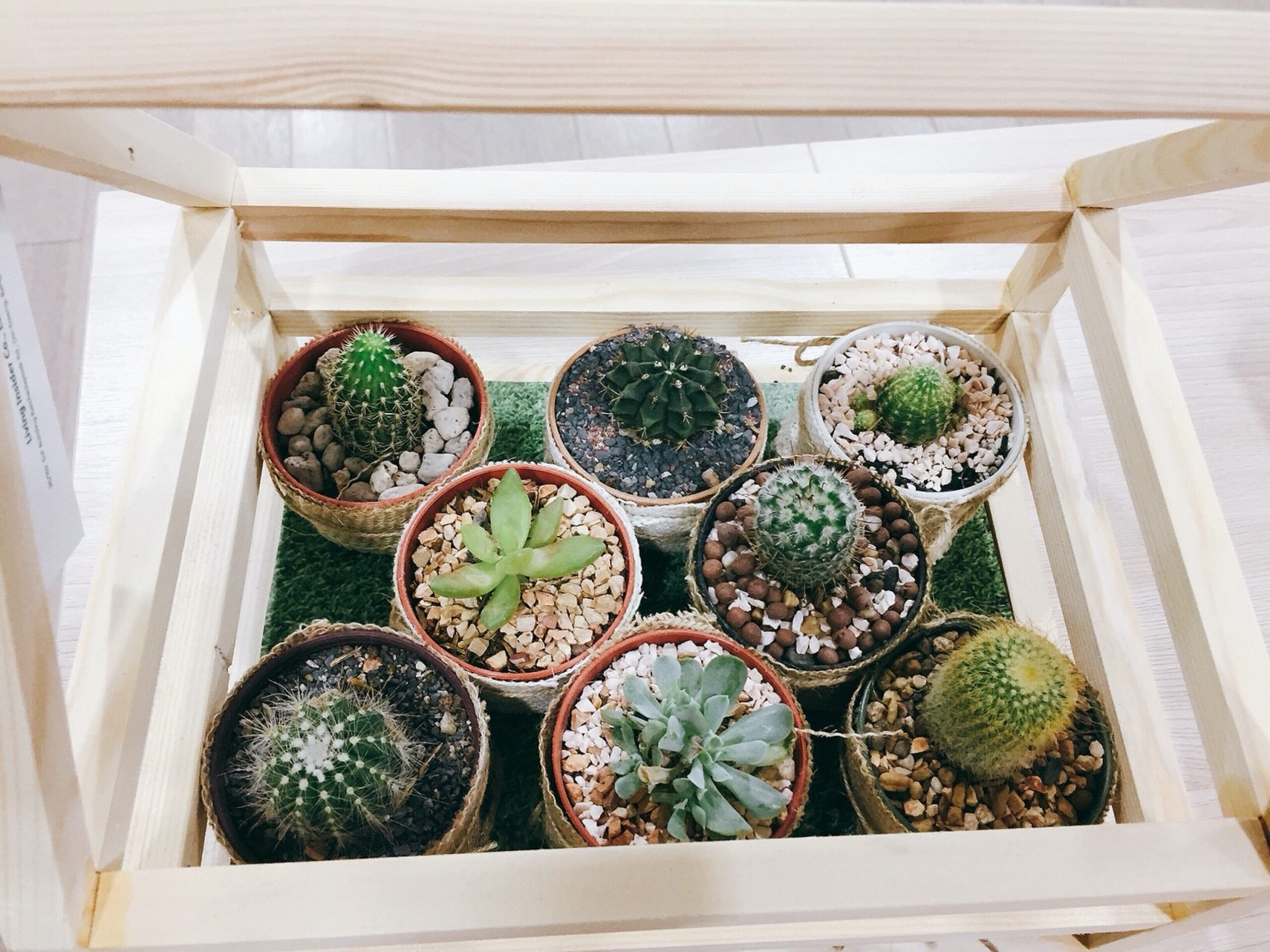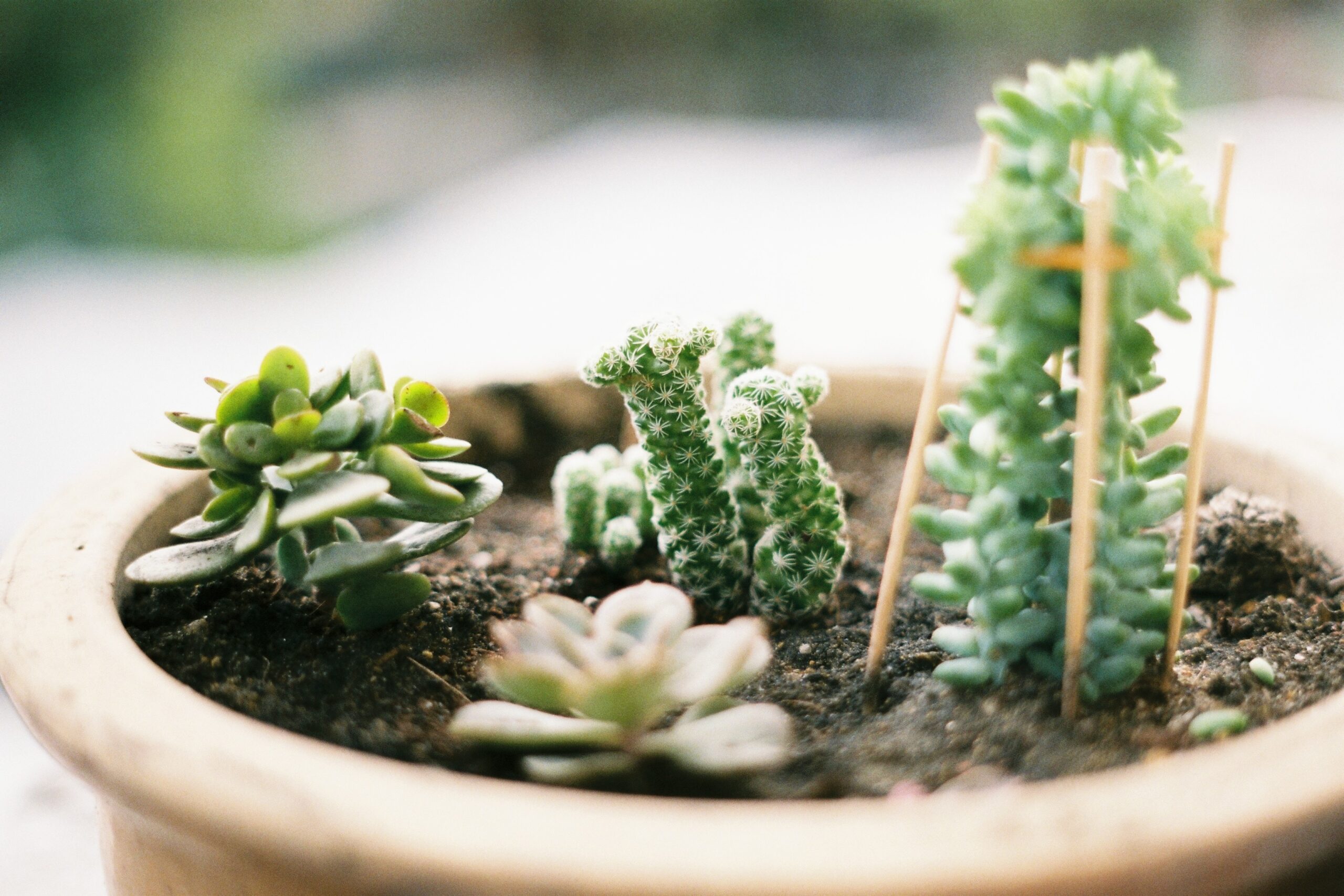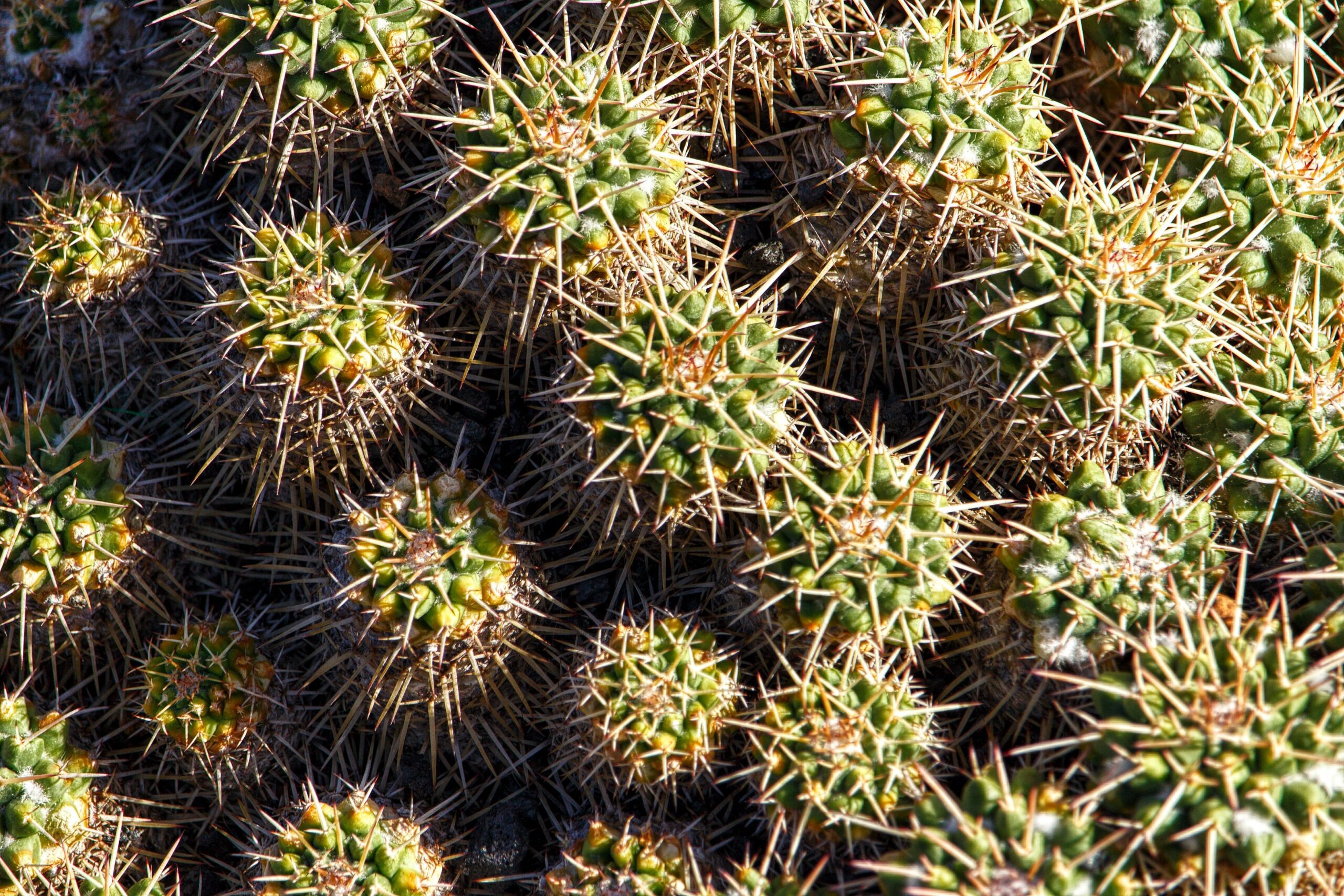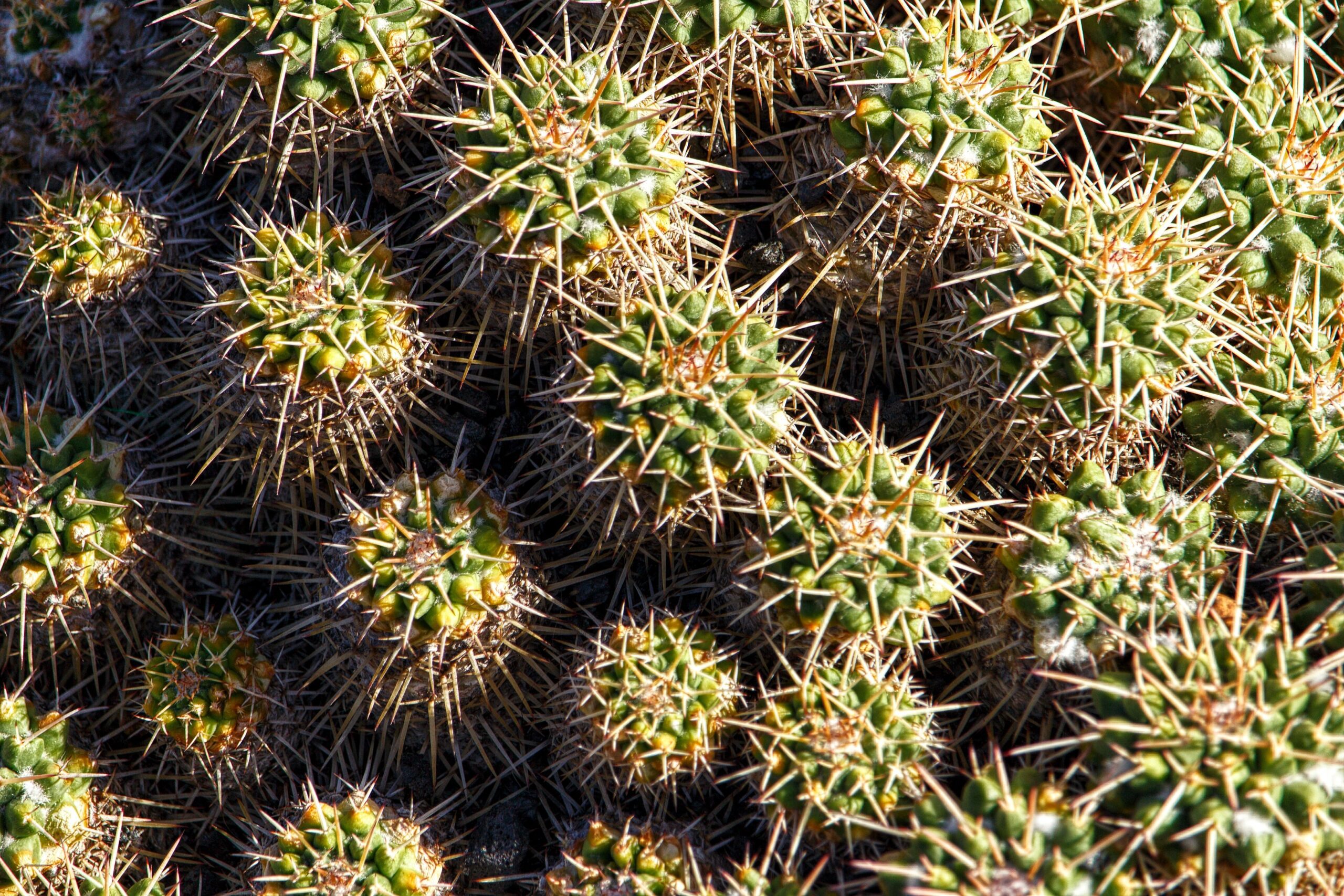If you’ve been contemplating growing nopal in your garden, you’re probably wondering when is the optimal time to get started. Planting nopal, also known as prickly pear cactus, requires careful timing to ensure successful growth and bountiful harvests. In this article, we will guide you through the best time to plant nopal, giving you the confidence and knowledge to create a thriving garden filled with this unique and nutritious plant. So, let’s dive into the world of nopal cultivation and uncover the perfect season to start planting!

Factors to Consider
Climate
When considering planting nopal, it is essential to take into account the climate conditions in your area. Nopal plants thrive in environments with specific climate preferences, so understanding these preferences can greatly enhance your chances of successful cultivation. The two primary climate factors to consider for nopal plants are the temperature range and rainfall requirements.
Soil Conditions
Another crucial factor in nurturing healthy nopal plants is providing them with optimal soil conditions. Understanding the ideal soil type, soil pH, and drainage requirements can significantly impact the plant’s growth and overall health.
Planting Season
Determining the best and most suitable planting season for nopal plants is essential for their successful establishment and growth. While nopal can be planted in both spring and fall, there are specific considerations to keep in mind when choosing the right season for planting.
Climate
Understanding Nopal’s Climate Preferences
To ensure the healthy growth of nopal plants, it is necessary to understand their climate preferences. Nopal plants favor warm and dry environments, making them well-suited for regions with a desert-like climate. However, they can also tolerate slightly cooler conditions as long as certain precautions are taken.
Temperature Range
Nopal plants thrive when exposed to a temperature range of approximately 68 to 95 degrees Fahrenheit (20 to 35 degrees Celsius). These temperature conditions provide the optimal growing environment for nopal plants. While they can tolerate temperatures outside this range, extreme variations can hinder their growth and development.
Rainfall Requirements
In terms of rainfall requirements, nopal plants generally prefer dry conditions. They are drought-tolerant and can withstand long periods without rainfall. However, during the initial stages of growth, nopal plants benefit from some moisture. It is crucial to strike a balance between providing enough water for their establishment and ensuring proper drainage.
Soil Conditions
Ideal Soil Type
The choice of soil type can greatly influence the success of nopal cultivation. Nopal plants thrive in well-drained soils with good moisture-retention capabilities. Sandy soils with a loamy texture and a good mix of organic matter are ideal for promoting healthy root development and overall plant growth.
Soil pH
The optimal soil pH for nopal plants ranges between 6.0 and 7.5, slightly on the acidic to neutral side. Maintaining the appropriate pH level is essential to ensure proper nutrient absorption and overall plant health. Regular soil testing can help monitor the pH levels and make any necessary adjustments.
Drainage
One of the critical factors in soil conditions for nopal plants is proper drainage. Poor drainage can lead to waterlogging, which can adversely affect nopal plants’ root health and result in root rot. Ensuring the soil has adequate drainage, either naturally or through amendments, is vital to prevent water accumulation around the plant’s roots.
Planting Season
Spring Planting
Spring is an excellent season for planting nopal, as it provides the plants with ample time to establish their roots before the extreme heat of summer. Choose a time in early spring when the threat of frost has passed, ensuring that the soil has warmed up adequately. This season allows nopal plants to grow steadily and prepares them for the warmer weather that lies ahead.
Fall Planting
Fall can also be a suitable season for planting nopal, especially in milder climates. The cooler temperatures of fall provide an optimal environment for root development without the extreme heat of summer. It is important to plan the planting well ahead in fall to give the plants enough time to establish before winter arrives.
Additional Considerations
When choosing the planting season for nopal, consider local climate patterns, frost dates, and the specific growth requirements of the variety you plan to cultivate. Understanding these factors will enable you to create the most favorable conditions for your nopal plants’ success.

Establishing Nopal Plants
Preparing the Planting Area
Before planting nopal, it is essential to prepare the planting area properly. Clear any weeds or debris from the planting site and loosen the soil to allow for better root penetration. Add organic matter, such as compost or well-rotted manure, to enhance soil fertility and moisture retention.
Choosing Healthy Nopal Cuttings
Nopal is typically propagated through cuttings rather than seeds. When selecting nopal cuttings for planting, look for healthy, disease-free segments with no signs of damage. Larger cuttings are generally more robust and have a higher chance of successful establishment.
Planting Techniques
To plant nopal, dig holes deep enough to accommodate the length of the cutting, leaving at least one-third of the cutting above the soil level. Place the cutting in the hole, firming the soil gently around it. Ensure good contact between the soil and the cutting to promote root development and stability. Provide support, such as a stake, if necessary, to prevent toppling.
Caring for Nopal Plants
Watering
Proper watering is critical in caring for nopal plants, especially during the initial stages after planting. While nopal is drought-tolerant, it requires some moisture to establish its roots. Water the plants deeply but infrequently, allowing the soil to dry out between waterings. This approach promotes deeper root growth and helps prevent issues associated with overwatering, such as root rot.
Fertilizing
Nopal plants benefit from periodic fertilization to ensure optimal growth and health. Use a balanced, slow-release fertilizer in early spring and mid-summer to provide the necessary nutrients. Avoid excessive nitrogen fertilizers, as they can lead to excessive vegetative growth at the expense of fruit production.
Pruning and Harvesting
Regular pruning is essential for maintaining the shape and health of nopal plants. Remove any diseased or damaged pads to prevent the spread of disease and promote airflow. Additionally, harvesting the mature pads regularly stimulates new growth and encourages the plant to produce more fruits. Use gloves and long tongs to harvest the prickly pads carefully.
By considering the climate, soil conditions, and planting season, you can provide the optimal conditions for nopal plants’ successful cultivation. With proper care and attention to watering, fertilizing, and pruning, you can enjoy the beauty and bounty of nopal plants in your garden or landscaping. Happy gardening!


